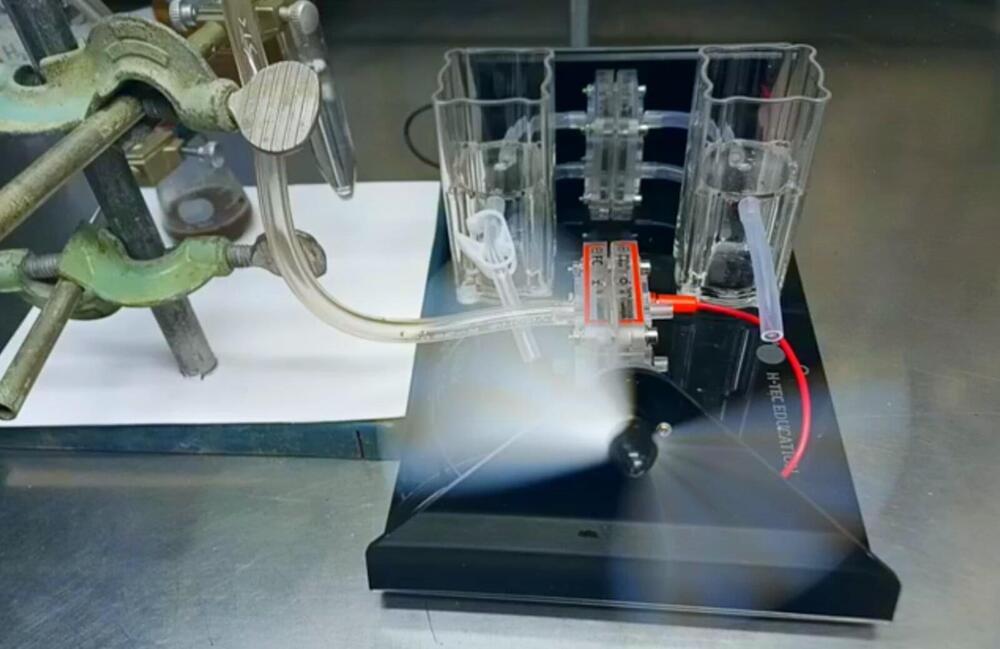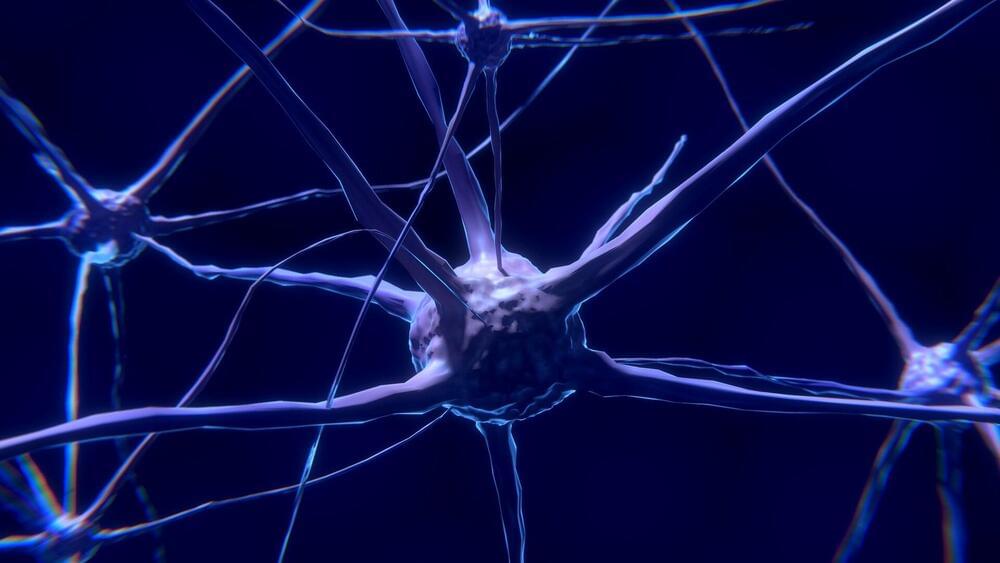Israeli company Steakholder Foods has announced that it successfully 3D printed the first ready-to-cook cultivated grouper fish product.
Credit: Steakholder Foods.
The grouper is a species of fish that belongs to the subfamily Epinephelinae and is known for its large size and unique appearance. There are various species found in different parts of the world, including the Gulf of Mexico, the Caribbean, the Mediterranean, and the Indo-Pacific region.







